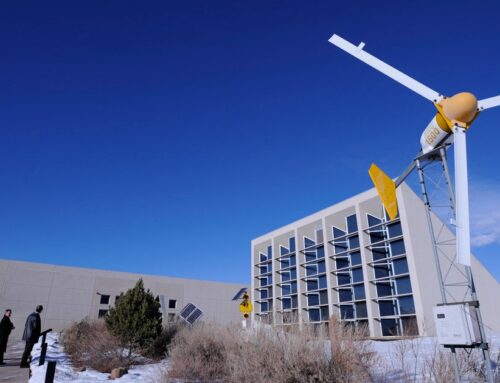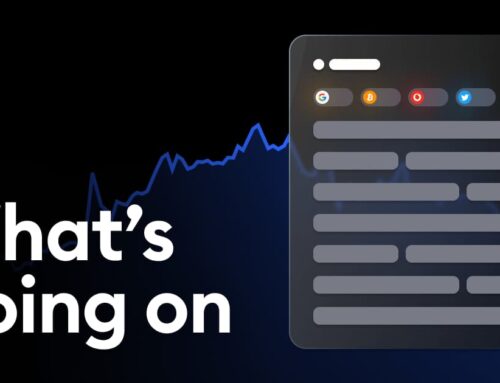IBM’s Gary Cohn on the tariff-driven ‘environment of uncertainties’ holding back AI
May 6, 2025
Andrew Edgecliffe-Johnson: The survey shows that only 25% of AI investments so far have delivered the expected ROI, and yet CEOs are now doubling down on their investment. Why does that make sense?
Gary Cohn: I won’t call it FOMO per se, but we’re in a very unpredictable world today. It’s tough to be a CEO today, and you’re dealing with a world of probably more unknown consequences that we have in a long period of time. So people are sitting there hearing, ‘Hey, I’ve got a lot of unknowns that I have to deal with. How do I create a competitive advantage with my knowns? And if my competition is adopting AI, and they’re getting some value out of it, am I going to be in an uncompetitive position a year or two from now, even though we’re seeing the results sort of not boom through?’
The report spells out what has stood in the way of clients finding that ROI to date. Is it going to be different this time?
If you go back and look at this survey a year or two ago, you would have got answers from CEOs saying, ‘Of course we’re going to adopt AI, we just don’t know what we’re going to use it for.’ Now you’re starting to see this community say, ‘Yes, we’re adopting AI. Yes, we’re using it for some cost savings, but we also see AI as a catalyst to grow our business, not just be a cost-reducing line.’
Is there actually a pot of new money here to sustain the valuations of AI platform companies, or is it really just a shift in the IT budget from something companies were spending on two years ago to something new?
We’re in this environment of uncertainties. So there are very few companies in the world that are spending more today than they were a year ago, on anything. So if you want to implement more AI into your company you’re probably doing it within the constraints of what your technology budget was a year or two ago. If we got into what I would consider a more highly expansionary economic cycle, and businesses were trying to grow faster and they were trying to grow market share and grow their business, I think you’d see additional capital go into technology budgets, and I think a bigger percentage of additional capital would probably go into AI-related products.
You obviously have some authority on economic cycles. What do you see driving that economic uncertainty right now? Are you in conversations with any of your old friends from your last employer?
Obviously the tariff and trade agenda in the United States and what the supply chain’s going to look like, and are we going to end up having an inflationary cycle in the United States? Are we going to end up having disruption in the supply chain? What is able to be manufactured where, shipped to the United States? How much manufacturing can be shipped into the United States? What’s realistic in that — even if people wanted to ship manufacturing in the United States, how much capacity do we have to build infrastructure, warehousing? What does our electric grid look like to be able to allow us to do that? What does our transportation network allow us to do?
There [are] an enormous amount of gating factors, even if you wanted to make some of these fundamental changes. And I think the business community right now is more or less in a wait-and-see mentality. We’re not going to make over-investments. We’re not going to underinvest. We’re going to try and stay status quo, and we’re going to figure out where our international economic trading relationships end up going with some of our major trading partners.
Is there something you’d like to see your successors in the White House doing differently to change that wait-and-see mentality?
I think everyone would love to get clarity on trading relationships, ex-China. The prevalent thought [in the US business community] is that we understand the China-US relationship needs work and needs some fundamental rebalancing to some extent. But the US-Canada, US-Mexico, US-Europe, US-Japan, US-Korea relationships, they’re probably not that far off. And can we put those to bed relatively quickly? And then I think that would give the business community a lot more confidence they understood what the environment was going to look like for the next few years. And that would drive more capital investment, that would drive more spending, that would drive more economic growth.
We just had a quarter of negative growth. The unemployment data [stayed] pretty strong, but we’ll see what that means. I think it’s staying strong. We’ll see if I’m right or wrong. The question is, is the unemployment data staying strong because we have shrunk the denominator, because we’ve gotten rid of a lot of illegal immigrants in the United States? As we take illegal immigrants out of the workforce, we [have] to replace them with American citizens. So the demand for jobs has been really relatively robust for an economy that’s not really growing, but it may be that we’re just replacing illegal immigrants with legal workers. No more people may be employed in this country. They may just be more accountable.
What’s your advice to CEOs about the thing they should be doing when they think about investment in AI?
They should keep adapting, and the most important investment people can make is they’ve got to put good data in. The better data and the better resources they allow the machines to get access to, the more useful the output is going to be. [The IBM survey shows 85% of CEOs are optimistic about seeing returns on AI investment by 2027] and I think that’s an important number, because in this tough marketplace where companies get punished by missing earnings by a penny, for someone to be that optimistic on this is pretty interesting. But I do want to point out one thing that came up in the report, which I’m not at all surprised by: Fifty percent of CEOs say the pace of recent investment has left their organization with disconnected pieces of new technology across the organization. I think you have to acknowledge that. I’m not just sitting here telling you it’s all a panacea.
Search
RECENT PRESS RELEASES
Related Post



